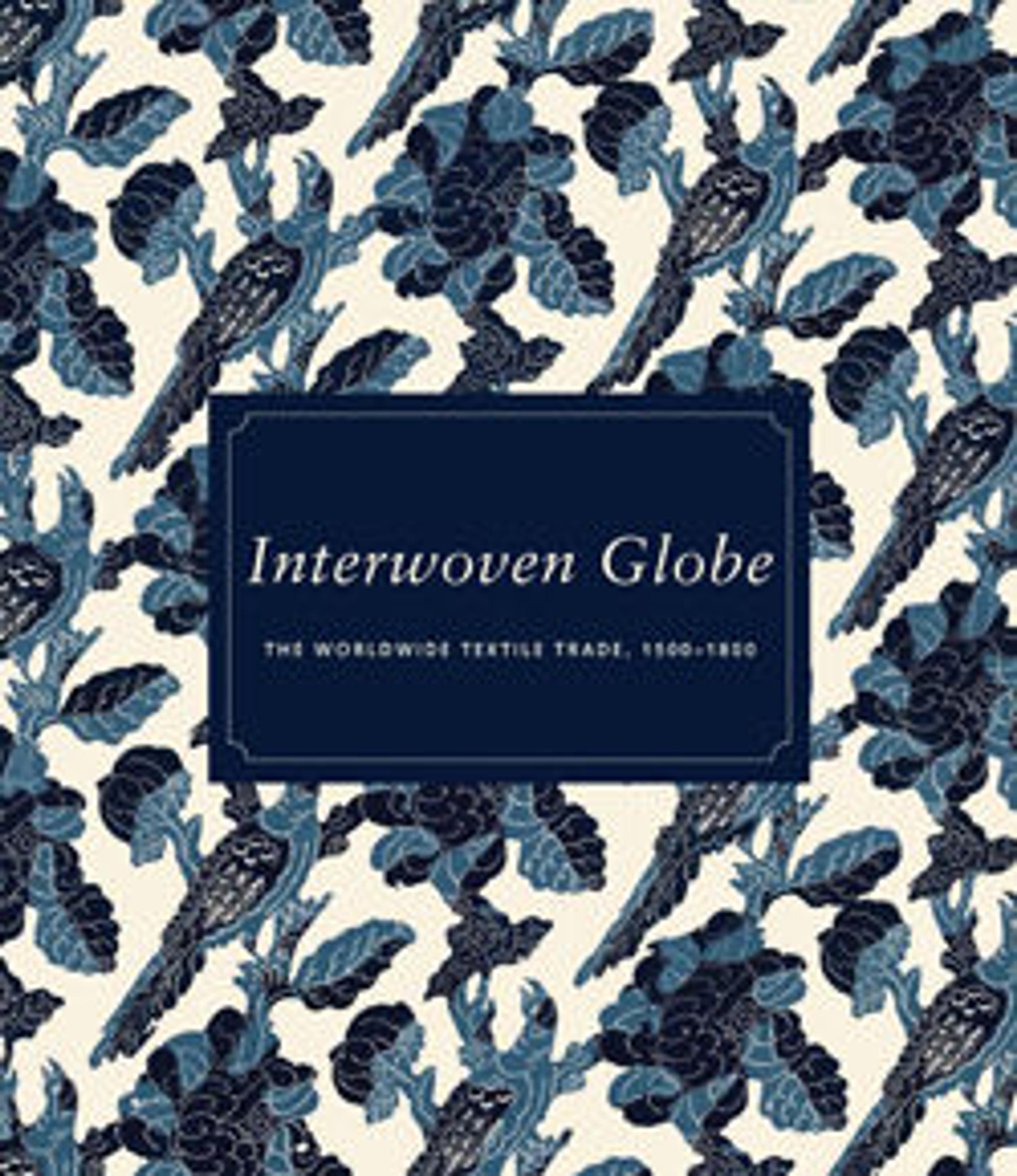Sarasa with Gilded Floral Pattern
Indian painted and dyed cotton textiles, called sarasa in Japan, were treasured by their Japanese owners. This example relates to contemporary Indian embroideries, which were in turn partly inspired by earlier English embroideries such as the coif (cat. no. 12). The design features a scrolling vine-and-floral pattern (see also cat. no. 11) that has been embellished with delicately applied gold leaf. In the late Edo period (1615–1868), fragments of such cloths were routinely mounted in sample books known as meibutsugire (“famed fabrics”). Others were tailored into precious wrappers for tea-ceremony containers, display mats, tobacco pouches, and scroll-box covers.
cat. no. 13
cat. no. 13
Artwork Details
- Title: Sarasa with Gilded Floral Pattern
- Date: first half of the 18th century
- Culture: India for the Japanese market
- Medium: Cotton (painted mordant, dyed) with applied gold leaf
- Dimensions: Overall: 11 3/4 x 15 1/2 in. (29.8 x 39.4 cm)
- Classification: Textiles
- Credit Line: Funds from various donors, by exchange, 2010
- Object Number: 2010.55
- Curatorial Department: Asian Art
More Artwork
Research Resources
The Met provides unparalleled resources for research and welcomes an international community of students and scholars. The Met's Open Access API is where creators and researchers can connect to the The Met collection. Open Access data and public domain images are available for unrestricted commercial and noncommercial use without permission or fee.
To request images under copyright and other restrictions, please use this Image Request form.
Feedback
We continue to research and examine historical and cultural context for objects in The Met collection. If you have comments or questions about this object record, please contact us using the form below. The Museum looks forward to receiving your comments.
